Tips for Shooting in Direct Sunlight! Shooting in direct sunlight can present a number of challenges for the shooter, such as glare off of metal surfaces and a decreased ability to see targets. In addition, the intense light can cause eye fatigue, which can lead to errors in the shooting. There are some simple adjustments that can be made to help mitigate these issues, and proper training can help ensure successful shooting in direct sunlight. In this article, we will explain tips for shooting in direct sunlight.
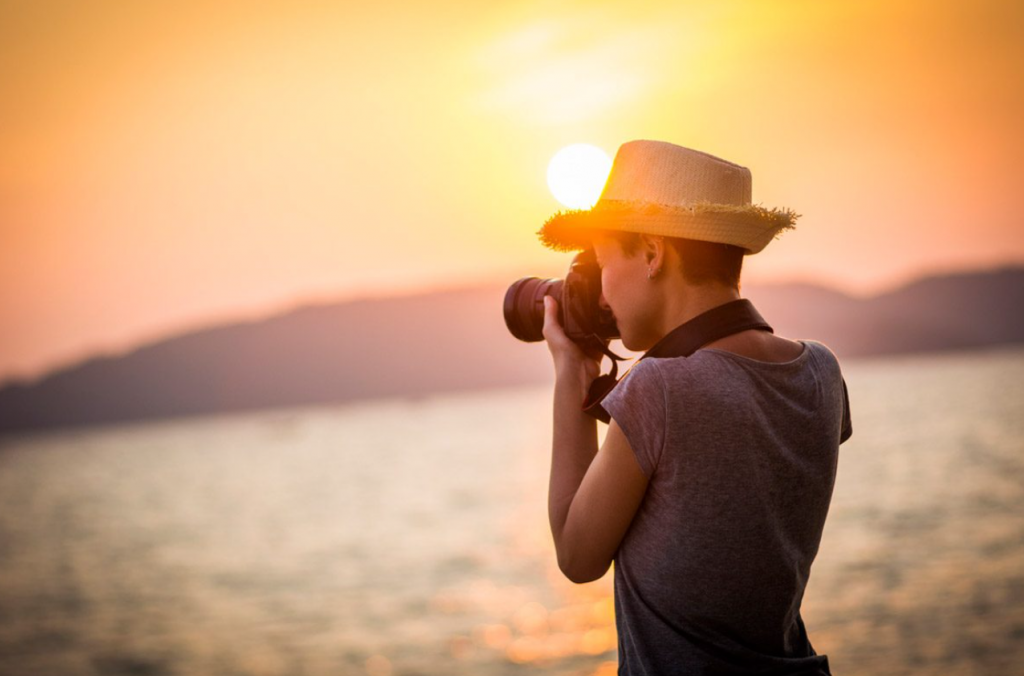
Tips for Shooting in Direct Sunlight
When shooting in direct sunlight, it is important to keep in mind the following tips:
1. Use a Reflector to Bounce Light Onto Your Subject
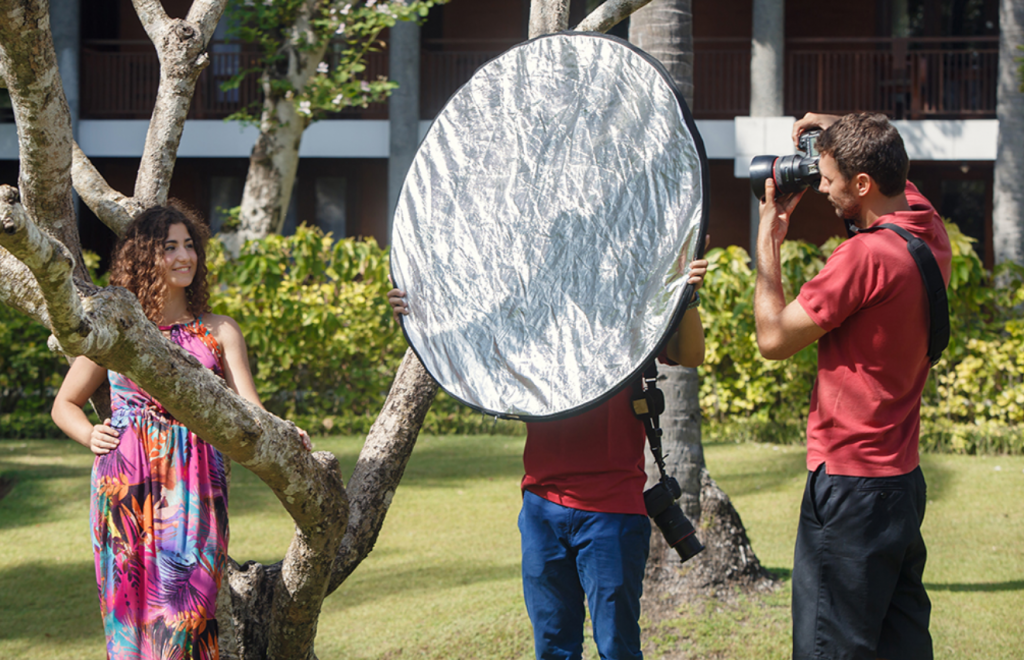
When shooting in direct sunlight, it can be challenging to get good exposure because the bright light washes out your subject. One way to combat this is to use a reflector to bounce some of the light onto your subject. This will help to illuminate them and give you better exposure. You can buy a reflector or make one yourself using something like a piece of cardboard or poster board.
2. Find Shade to Shoot In

When the sun is beating down, it can be difficult to get a good photo. The best way to combat the harsh light is to find some shade. This can be anywhere from under a tree to in an alleyway. If you’re shooting in direct sunlight, make sure to use a filter on your lens to help reduce the glare and give you more contrast in your photos.
3. Use a Filter
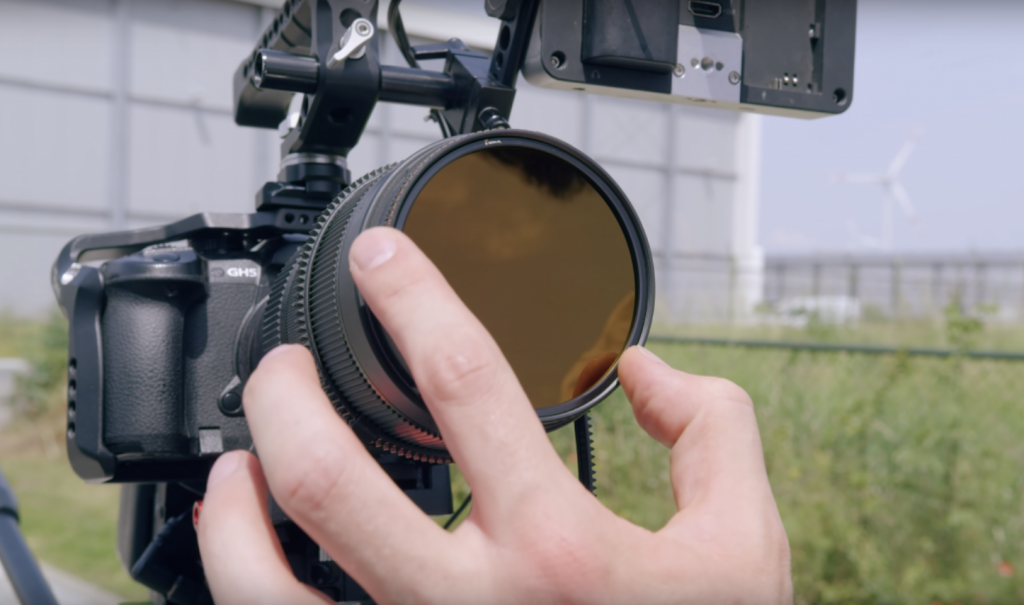
When shooting in direct sunlight, it is important to use a filter to help reduce the amount of light entering the lens. This will help keep your photos from being overexposed and washed out. A simple circular polarizer filter can make a big difference in the quality of your photos, especially when shooting landscapes or outdoor portraits.
4. Use a Fast Lens to Reduce the Amount
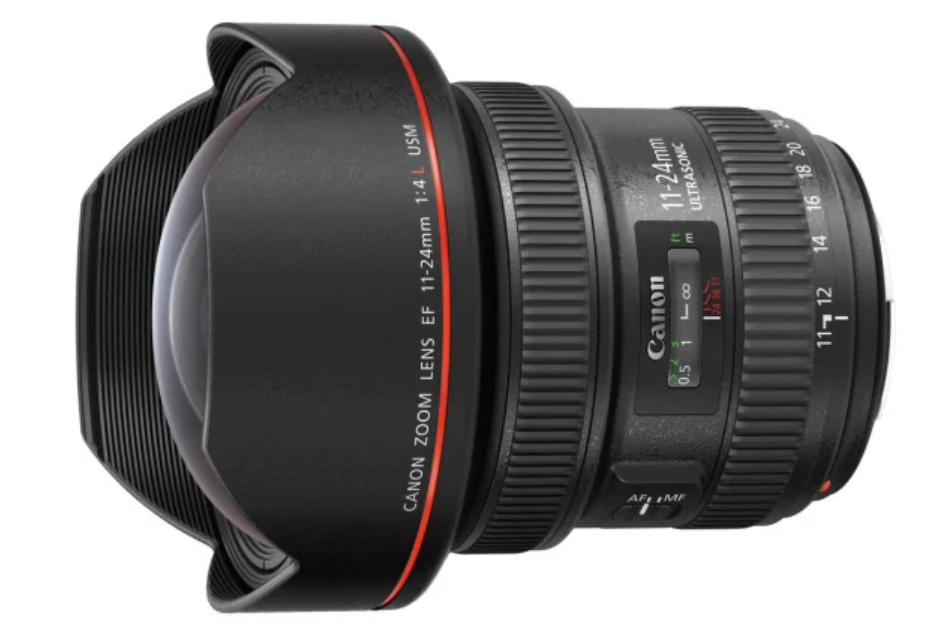
When shooting in direct sunlight, it’s important to use a fast lens to reduce the amount of time the sensor is exposed to the bright light. This will help keep the image from being overexposed and washed out. A fast lens will also help you achieve a shallow depth of field, which can be used to create a sense of depth in your photos.
5. Use a Lens Hood to Block Direct Sunlight
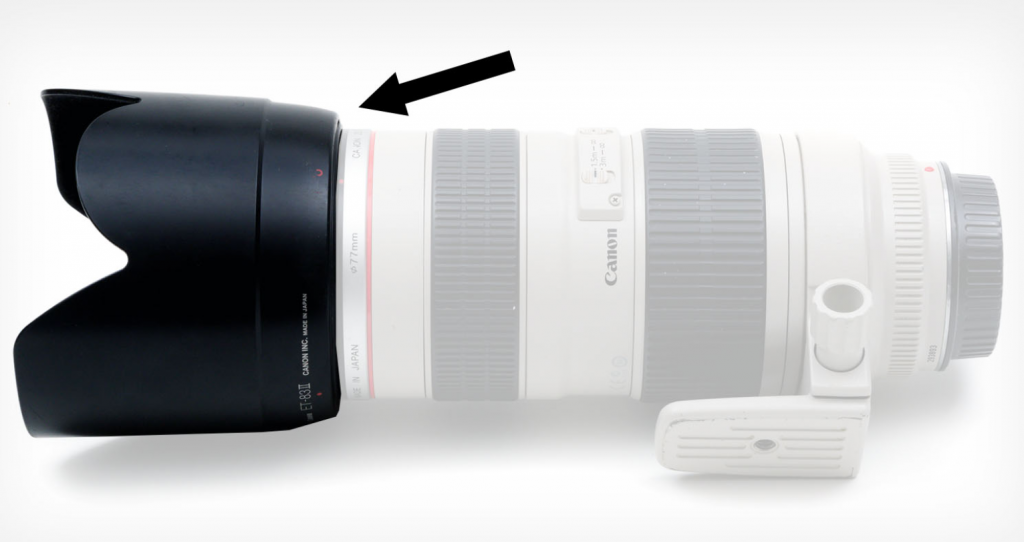
When taking photos in direct sunlight, it can be tough to get a good shot without any glare or harsh shadows. One way to help combat this is by using a lens hood. A lens hood can help block out direct sunlight and create softer shadows. This will help reduce the amount of glare in your photo and give you a more even exposure.
6. Shoot in the Morning or Evening When the Sun Is Lower in the Sky

When you are shooting in direct sunlight, it is best to do so either in the morning or evening when the sun is lower in the sky. This will help to minimize harsh shadows and bright areas on your subject. If you are shooting in the middle of the day, try to find a shady spot to take your photos. You can also use a reflector to help soften the light.
7. Use a tripod to keep your camera steady in the heat
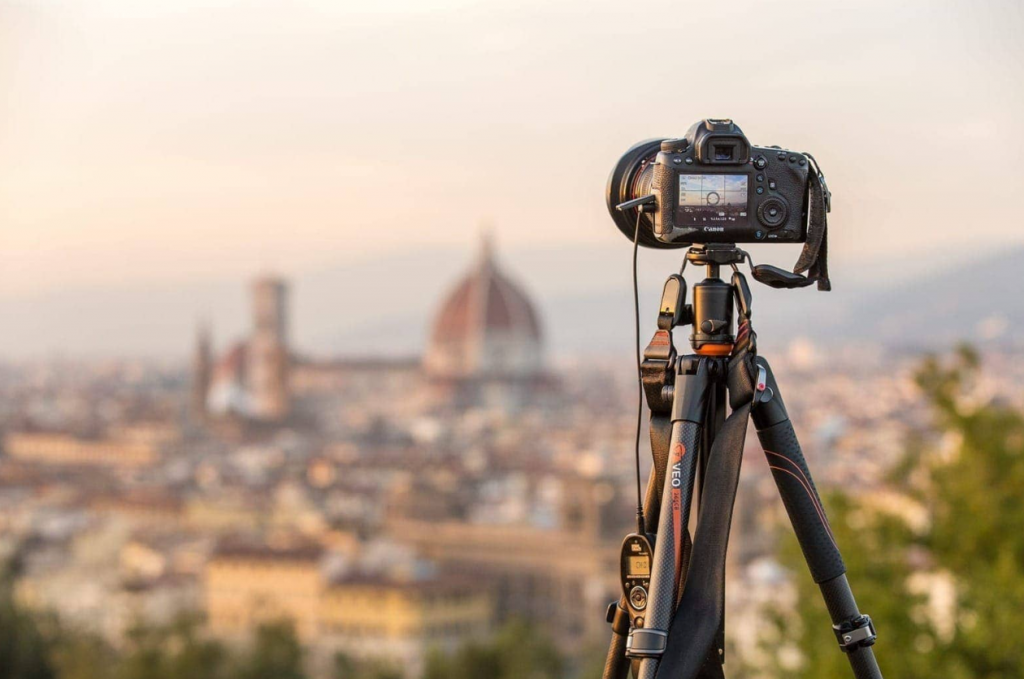
When photographing in direct sunlight, a tripod can help to keep your camera still and avoid any unwanted camera shake. This is especially important in the heat, as the extra warmth can cause your camera to operate a little slower. If you don’t have a tripod handy, try finding a shady spot to photograph in or use a reflector to help diffuse the light. { "@context": "https://schema.org/", "@type": "HowTo", "name": "Tips for Shooting in Direct Sunlight", "description": "Tips for Shooting in Direct Sunlight! Shooting in direct sunlight can present a number of challenges for the shooter, such as glare off of metal surfaces and a decreased ability to see targets. In addition, the intense light can cause eye fatigue, which can lead to errors in the shooting. There are some simple adjustments that can be made to help mitigate these issues, and proper training can help ensure successful shooting in direct sunlight. In this article, we will explain tips for shooting in direct sunlight.", "image": "https://photolightboxes.net/wp-content/uploads/2022/06/Tips-for-Shooting-in-Direct-Sunlight-3-1024x676.png", "totalTime": "PT10M", "estimatedCost": { "@type": "MonetaryAmount", "currency": "USD", "value": "10$" }, "supply": [ { "@type": "HowToSupply", "name": "fast lens" } ], "tool": [ { "@type": "HowToTool", "name": "tripod" } ], "step": [ { "@type": "HowToStep", "text": "When shooting in direct sunlight, it can be challenging to get good exposure because the bright light washes out your subject. One way to combat this is to use a reflector to bounce some of the light onto your subject. This will help to illuminate them and give you better exposure. You can buy a reflector or make one yourself using something like a piece of cardboard or poster board.", "image": "https://photolightboxes.net/wp-content/uploads/2022/06/Use-a-Reflector-to-Bounce-Light-Onto-Your-Subject-1024x660.png", "name": "Use a Reflector to Bounce Light Onto Your Subject", "url": "https://photolightboxes.net/tips-for-shooting-in-direct-sunlight/#1_Use_a_Reflector_to_Bounce_Light_Onto_Your_Subject" }, { "@type": "HowToStep", "text": "When the sun is beating down, it can be difficult to get a good photo. The best way to combat the harsh light is to find some shade. This can be anywhere from under a tree to in an alleyway. If you’re shooting in direct sunlight, make sure to use a filter on your lens to help reduce the glare and give you more contrast in your photos.", "image": "https://photolightboxes.net/wp-content/uploads/2022/06/Find-Shade-to-Shoot-In-1024x557.png", "name": "Find Shade to Shoot In", "url": "https://photolightboxes.net/tips-for-shooting-in-direct-sunlight/#2_Find_Shade_to_Shoot_In" }, { "@type": "HowToStep", "text": "When shooting in direct sunlight, it is important to use a filter to help reduce the amount of light entering the lens. This will help keep your photos from being overexposed and washed out. A simple circular polarizer filter can make a big difference in the quality of your photos, especially when shooting landscapes or outdoor portraits.", "image": "https://photolightboxes.net/wp-content/uploads/2022/06/Use-a-Filter-1024x605.png", "name": "Use a Filter", "url": "https://photolightboxes.net/tips-for-shooting-in-direct-sunlight/#3_Use_a_Filter" }, { "@type": "HowToStep", "text": "When shooting in direct sunlight, it’s important to use a fast lens to reduce the amount of time the sensor is exposed to the bright light. This will help keep the image from being overexposed and washed out. A fast lens will also help you achieve a shallow depth of field, which can be used to create a sense of depth in your photos.", "image": "https://photolightboxes.net/wp-content/uploads/2022/06/Use-a-Fast-Lens-to-Reduce-the-Amount.png", "name": "Use a Fast Lens to Reduce the Amount", "url": "https://photolightboxes.net/tips-for-shooting-in-direct-sunlight/#4_Use_a_Fast_Lens_to_Reduce_the_Amount" }, { "@type": "HowToStep", "text": "When taking photos in direct sunlight, it can be tough to get a good shot without any glare or harsh shadows. One way to help combat this is by using a lens hood. A lens hood can help block out direct sunlight and create softer shadows. This will help reduce the amount of glare in your photo and give you a more even exposure.", "image": "https://photolightboxes.net/wp-content/uploads/2022/06/Use-a-Lens-Hood-to-Block-Direct-Sunlight-1024x542.png", "name": "Use a Lens Hood to Block Direct Sunlight", "url": "https://photolightboxes.net/tips-for-shooting-in-direct-sunlight/#5_Use_a_Lens_Hood_to_Block_Direct_Sunlight" }, { "@type": "HowToStep", "text": "When you are shooting in direct sunlight, it is best to do so either in the morning or evening when the sun is lower in the sky. This will help to minimize harsh shadows and bright areas on your subject. If you are shooting in the middle of the day, try to find a shady spot to take your photos. You can also use a reflector to help soften the light.", "image": "https://photolightboxes.net/wp-content/uploads/2022/06/Shoot-in-the-Morning-or-Evening-When-the-Sun-Is-Lower-in-the-Sky-1024x677.png", "name": "Shoot in the Morning or Evening When the Sun Is Lower in the Sky", "url": "https://photolightboxes.net/tips-for-shooting-in-direct-sunlight/#6_Shoot_in_the_Morning_or_Evening_When_the_Sun_Is_Lower_in_the_Sky" }, { "@type": "HowToStep", "text": "When photographing in direct sunlight, a tripod can help to keep your camera still and avoid any unwanted camera shake. This is especially important in the heat, as the extra warmth can cause your camera to operate a little slower. If you don’t have a tripod handy, try finding a shady spot to photograph in or use a reflector to help diffuse the light.", "image": "https://photolightboxes.net/wp-content/uploads/2022/06/Use-a-tripod-to-keep-your-camera-steady-in-the-heat-1024x679.png", "name": "Use a tripod to keep your camera steady in the heat", "url": "https://photolightboxes.net/tips-for-shooting-in-direct-sunlight/#7_Use_a_tripod_to_keep_your_camera_steady_in_the_heat" }, { "@type": "HowToStep", "text": "When shooting in direct sunlight, it’s important to take into account the harsh shadows and bright highlights that can be created. To combat this, try to position your subject in open shade, or wait for the sun to move behind a cloud. If you can’t find shade, then adjust your exposure settings to compensate for the bright light. Shooting in RAW will give you more flexibility in post-processing to correct any exposure issues.", "image": "https://photolightboxes.net/wp-content/uploads/2022/06/Shoot-in-Raw-for-More-Flexibility-in-Post-processing.png", "name": "Shoot in Raw for More Flexibility in Post-processing", "url": "https://photolightboxes.net/tips-for-shooting-in-direct-sunlight/#8_Shoot_in_Raw_for_More_Flexibility_in_Post-processing" } ] }
8. Shoot in Raw for More Flexibility in Post-processing
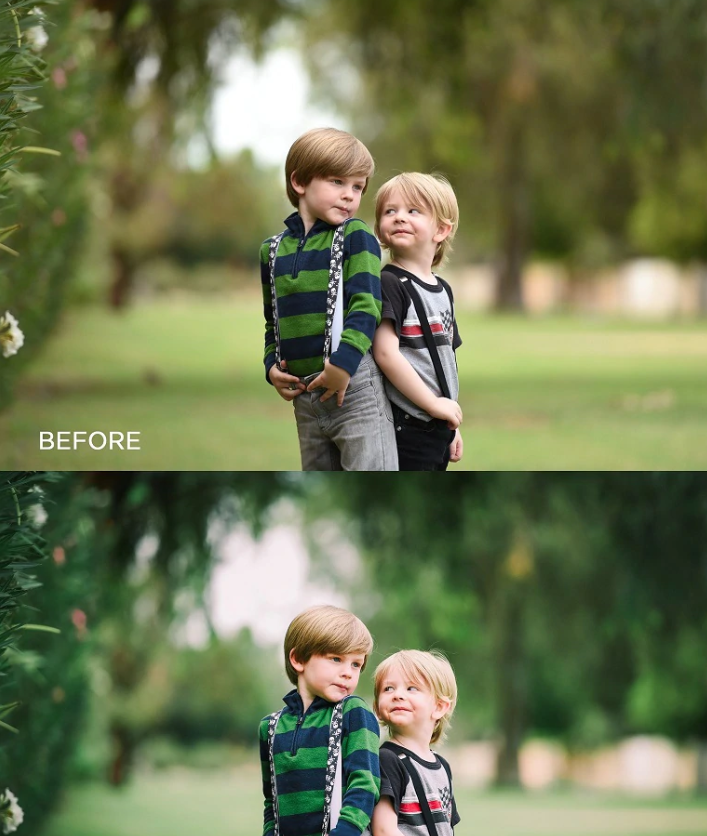
When shooting in direct sunlight, it’s important to take into account the harsh shadows and bright highlights that can be created. To combat this, try to position your subject in open shade, or wait for the sun to move behind a cloud. If you can’t find shade, then adjust your exposure settings to compensate for the bright light. Shooting in RAW will give you more flexibility in post-processing to correct any exposure issues.
Conclusion
In conclusion, when shooting in direct sunlight, it is important to keep the following tips in mind: use a reflector to help bounce light onto your subject, and use a fast lens to reduce the amount of time the sensor is exposed to the bright light, and increase the ISO setting to compensate for the lack of light. By following these tips, you can create beautiful photos in direct sunlight.



